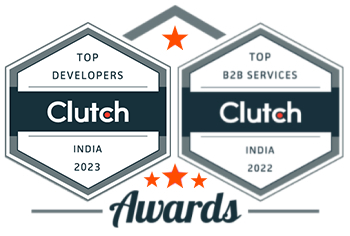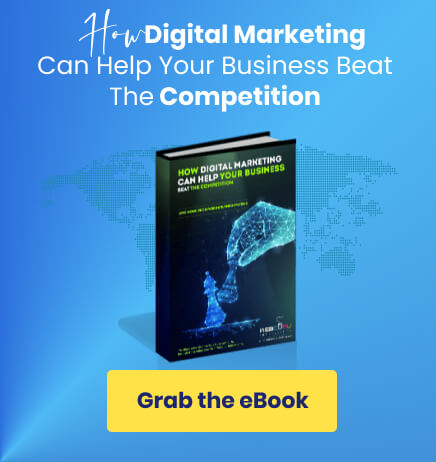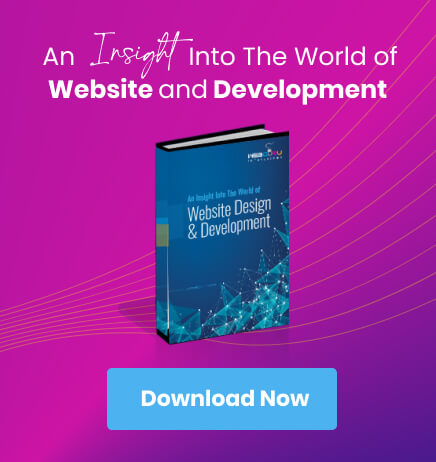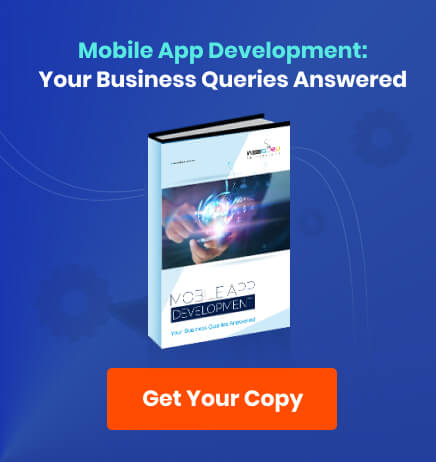Home Blog Digital Marketing Services History of Online Advertising – A Brief Overview
History of Online Advertising – A Brief Overview
- 14 Mar / 2011
- 4,511 views
In its 17-year existence, Online Advertising has become the fastest, and one of the most effective advertising mediums in history. Today, it is one of the essentials of a successful business, a media platform that allows interaction with customers in the most creative and interesting ways, (although there continues to be a large majority of irritated web users).
For the sake of knowledge and a more sympathetic understanding of online ads, let us begin by tracing the history of online advertising.
The Origin of Spam
In 1970’s, a British comedy named ‘Monty Python’ first used the word ‘spam’ in an early sketch of a couple at a restaurant trying to order food without ‘spam’ on it. This particular comedy had tremendous impact on forum users who started to use the word in their Usenet posts. Soon, online marketers started to overpost and flood forum users with junk mail that repeatedly recounted ‘spam’ in the Monty Python sketch.
By 1980, online marketers had changed from flooding Usenet forums to sending out emails, a practice that continues up until today. The numbers of spam emails that are sent everyday is a whopping 90 million, which is not difficult to believe since 85% of our inboxes are screaming spam every hour.
As a marketing technique however, spam emails have little effectiveness since most of us barely read any.
When Banners came to be…
The year 1994 saw the first online advertisement that was quickly followed by a period of experimentation on advertiser and publisher ad formats and technology. This initial phase ended with the launch of one of the first ad technologies, the DoubleClick in 1995. The earliest advertisers were aware of the differences between traditional and online advertising and undertook a target-market research. However, it wasn’t until many years in following that the Internet was used as a full-blown medium for effective advertising.
In the late 1990s, billions were invested in online advertising. Advertisers designed the standard 468×60 pixel banner ads that were traditionally highly demanded. With gradual increase in market competition, there were thousands pouring in money behind developing banner ads. At the time, Yahoo! could charge anywhere between $30-$100 to run banner ads. Up until the dot com bubble burst and 4 years following, Internet spending on banner ads reached $8.2 billion.
Banner ads today, as they were more than a decade ago, are not effective online advertising mediums. With considerable designing required, they are time consuming and expensive to create. Besides, the low return on revenue spent on developing banner ads renders them useless to most online advertisers. Not surprisingly therefore, by mid-2000, banner ads started to dry up, and has become obsolete at the time of writing.
Make Way for the Mighty Google!
The efficiency of search engine technology has sustained online advertising. Because of its high dependability and rate of interest, the search engine market has shown a steady growth over the years, pulling online advertising many notches.
Google started as a search engine but clearly, is a hundred times more than that today. Google’s algorithm shows the most appropriate results and for a long time, Google worked on its functionality. Without selling anything, it continued to drive traffic until 2000, when it first introduced Google AdWords.
Drawing away from banner advertising, still a popular form at the turn of the millennia, Google revolutionized online advertising by using relevant text ads to sell. Google’s success rested on introducing the click-through rate that would measure the relevancy of the advertisement, also ensuring host payment only when users clicked on the ads.
Pay-Per-Click advertising was not a Google original. Google perfected PPC and changed the approach advertisers took to online advertising. Google Adwords encouraged advertisers to come up with comprehensive, relevant ads instead of mere selling.
Google on PPC and PPI
Pay-per-click and Pay-per-impression are two different online advertising models. Pay-per-click, as the name suggests, involves payment to host every time users click on an ad. Pay-per-impression calculates the cost of the entire marketing campaign that is conducted online.
PPC is instrumental in bringing targeted traffic to a website while PPI is the best brand building model. Both however, are susceptible to click fraud. Where Google’s success lies is in devising automated systems that keep corrupt practices in check.
Social Media Advertising
Social media is everywhere and has been in vogue since the past five years. At its core, social media is a communications and networking tool, whose popularity has been constantly rising since its users can connect, share and interact among themselves. Instead of being a mere informative reading interface, social media allows users to comment, rate and share news, views and information.
Social media can be divided into:
- Social News – Digg Propeller, Reddit
- Social Networking Tools – Twitter, Facebook, Hi-5
- Social Photo & Video Sharing – YouTube, Flickr, Photobucket
- Social Bookmarking – Simpy, Del.icio.us
Targeting the right market is important for any business and this is one of the biggest advantages of social media advertising. By collecting a user’s demographic information, social media tells you where a business’ target market is most wide and active. Advertisers can then use this information to tap their intended market.
Social media advertising is viral, free and far-reaching. Although actual conversions cannot be tracked from ‘friends’, ‘likes’, or ‘follows’, social media remains the best online advertising mediums.
The Current Face of Online Advertising
Online advertising has recovered and has been steadily rising since 2004. With the number of hours an Internet user spends browsing websites, advertisers have realized the importance and advantage of exploiting user tendency to scour the web. From SEO marketing, blogs and social media to sophisticated ads, interactive tools and branding technologies, advertisers are now using a wide array of platforms to increase business visibility.
Viral marketing is now a popular mode of advertising using video ads to market products. Sites like YouTube, Metacafe, etc, are popular product advertising platforms. But online advertising has barely been perfected. Annoying pop-up ads still exist while free sites like YouTube now include commercials or pre-roll ads that cannot be bypassed to the actual video.
Does that mean it’s time the Internet bubble burst again? With millions banking on the Internet to advertise, promote and expand their business, we hope not!
1 comment
Leave a Reply

-
1000+
Happy
Clients -
25+
Countries
Served -
19+
Years of
Trust









Howdy! I simply would like to give a huge thumbs up for the good information you will have here on this post. I will likely be coming again to your blog for more soon.